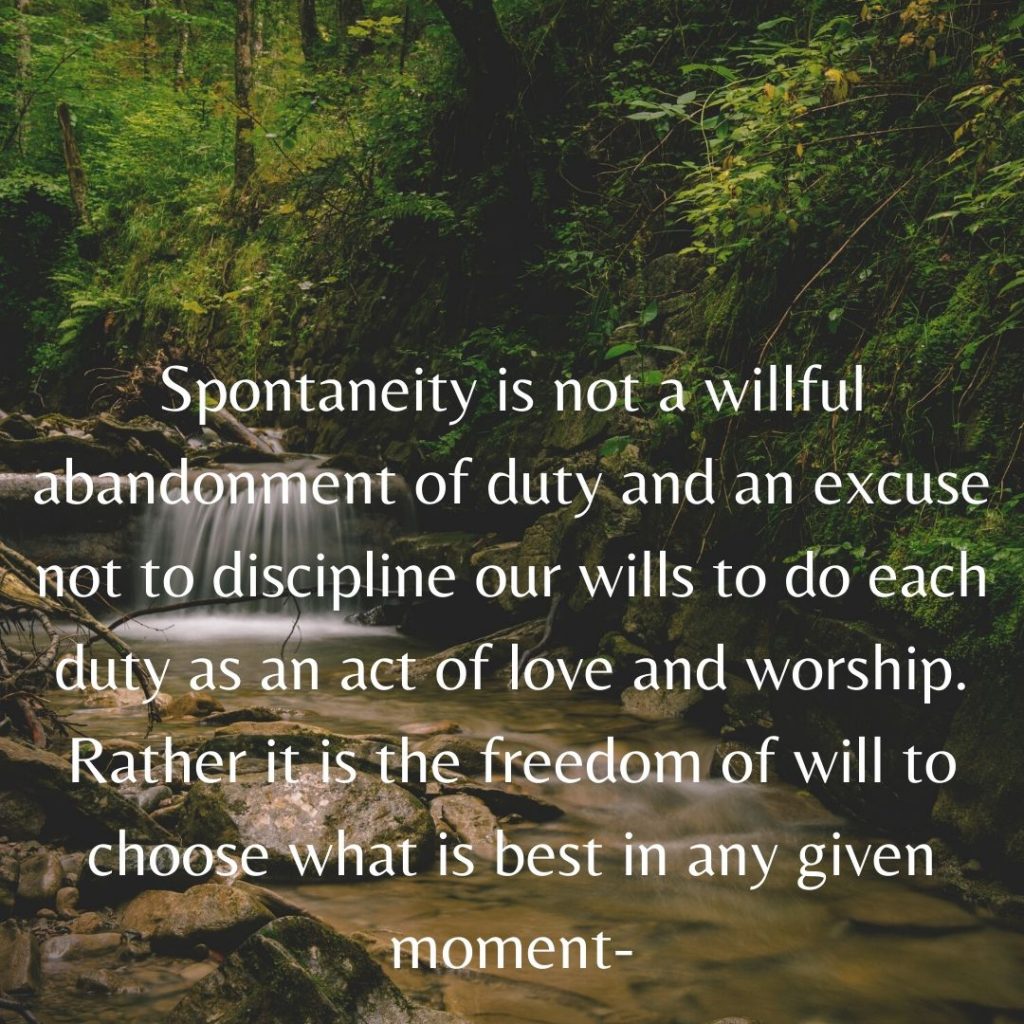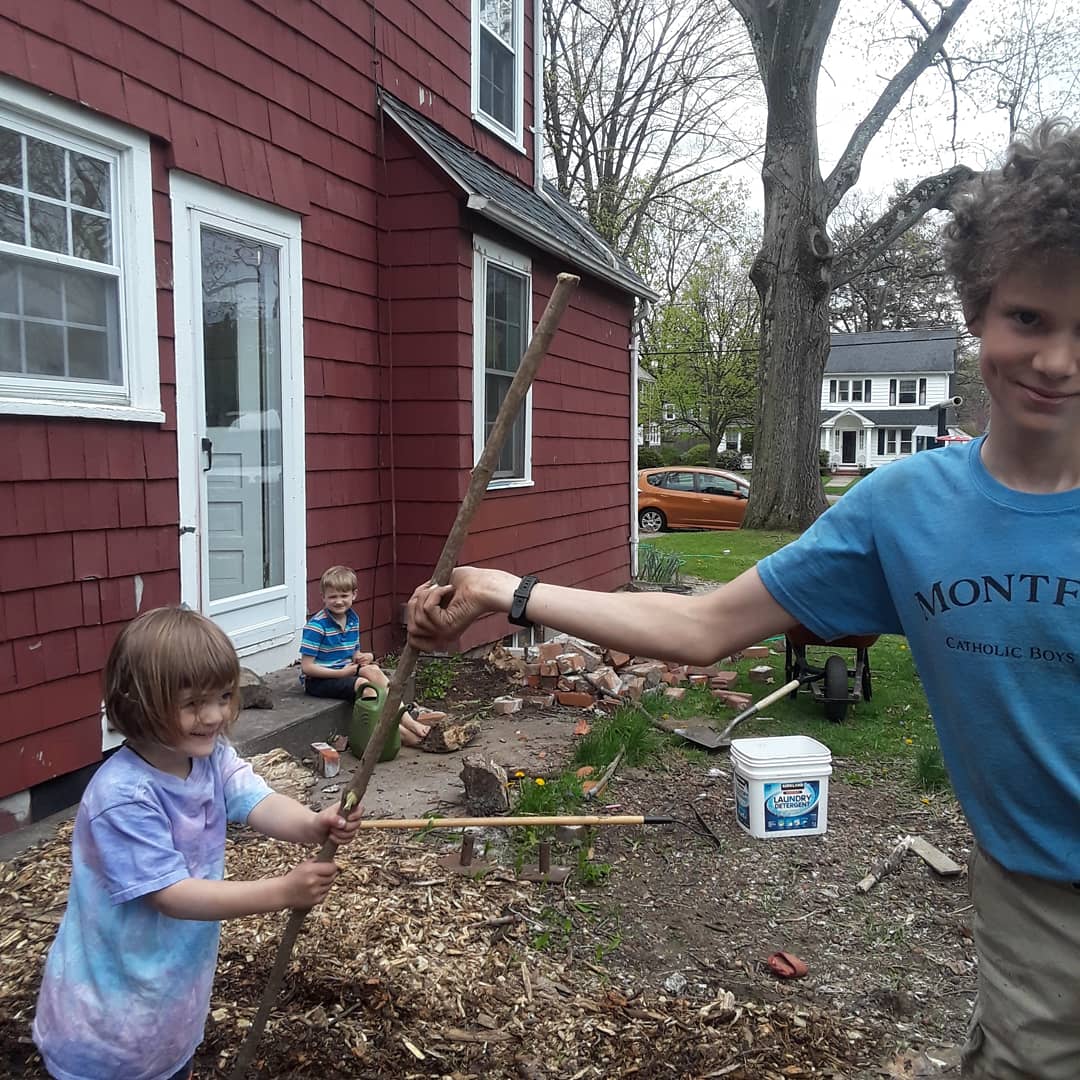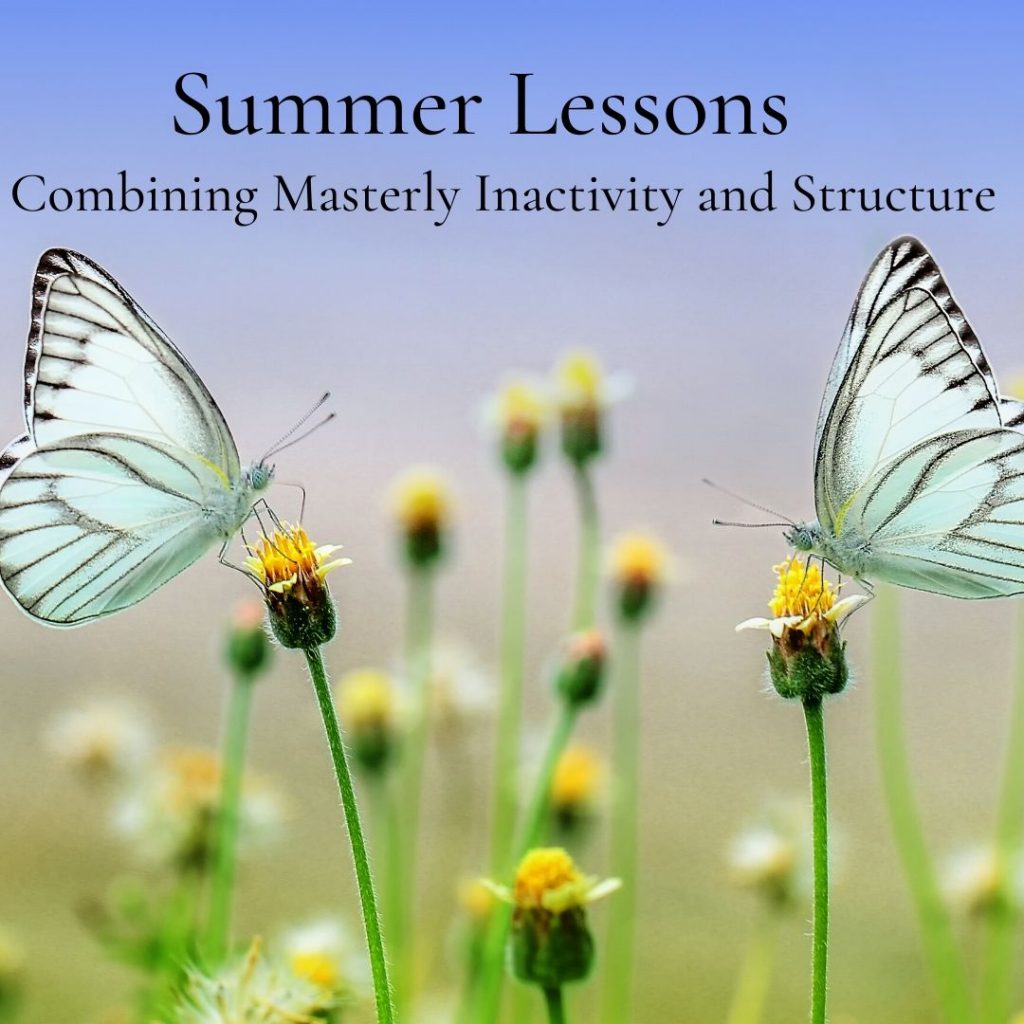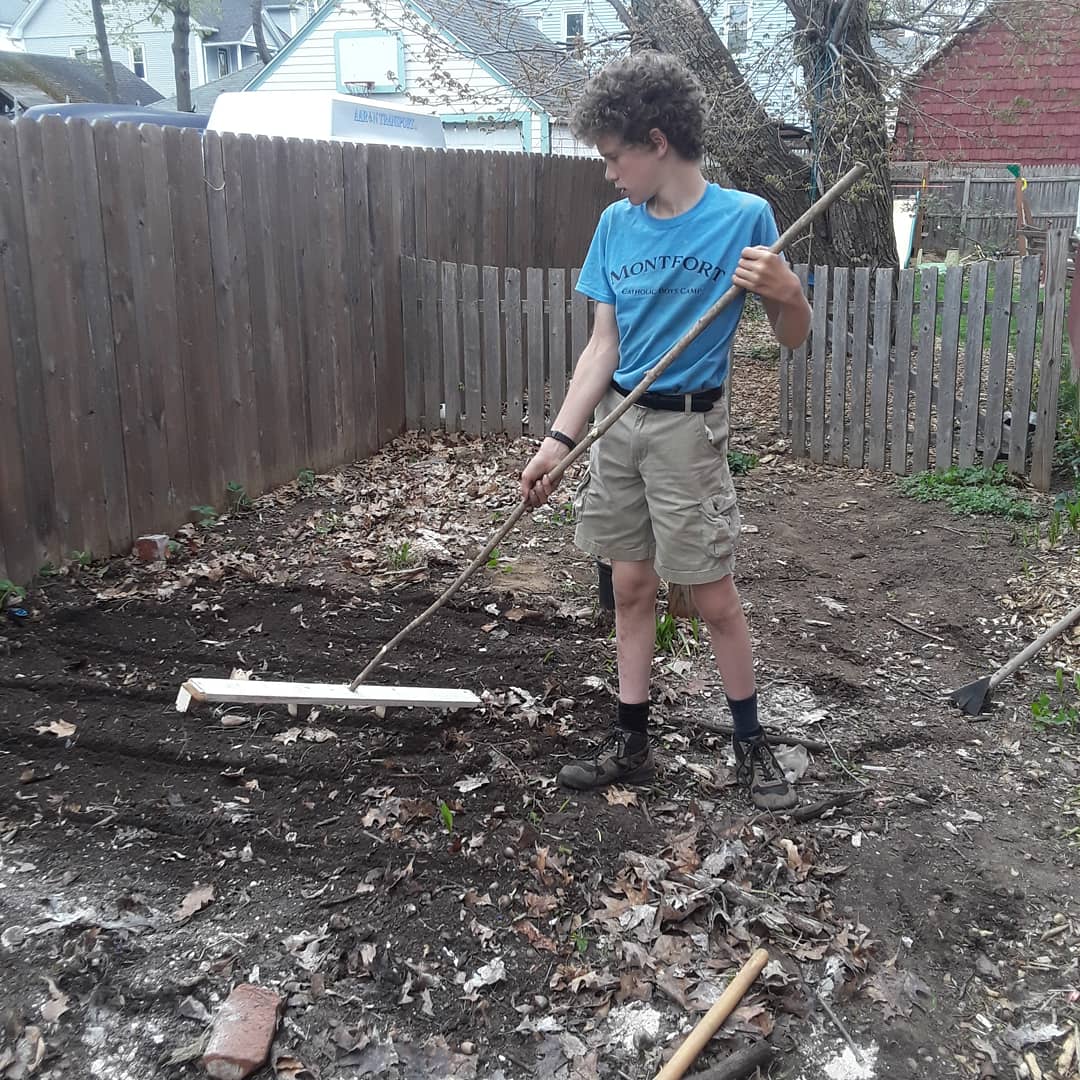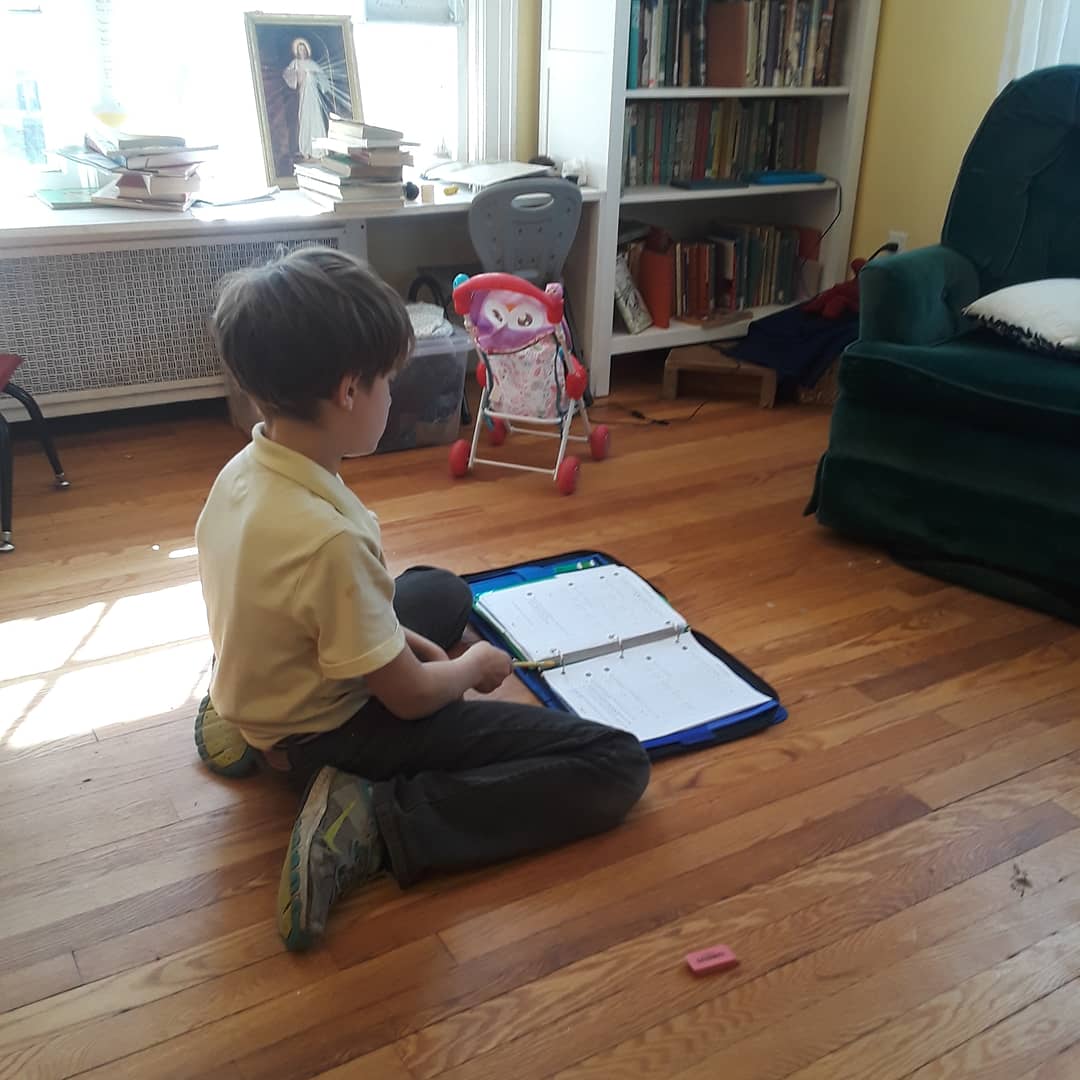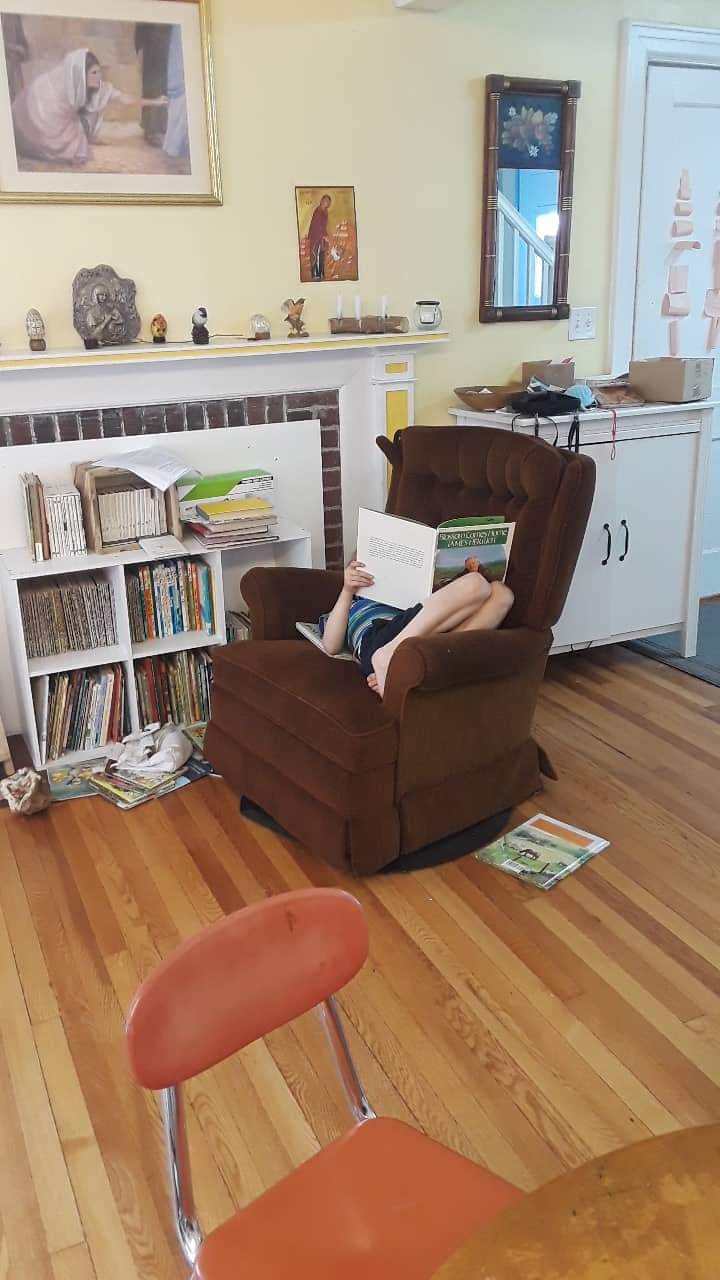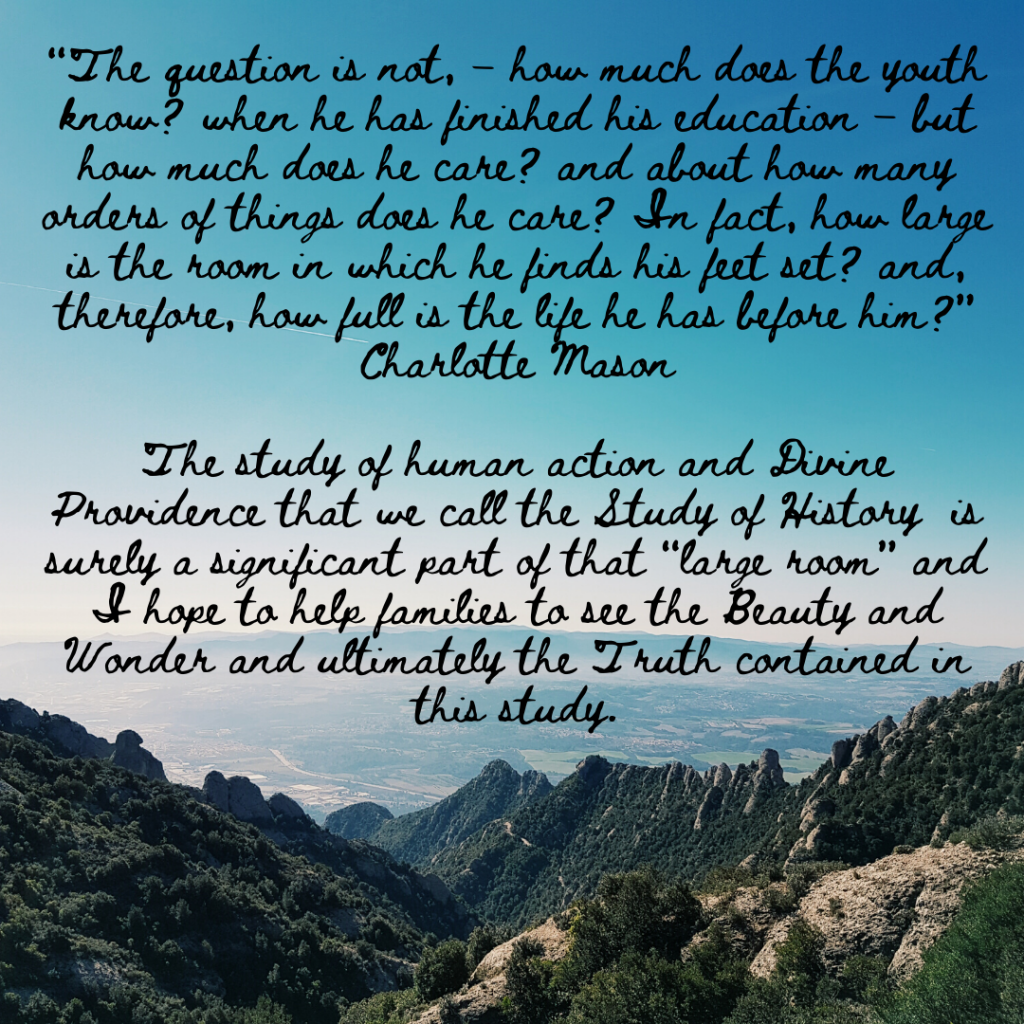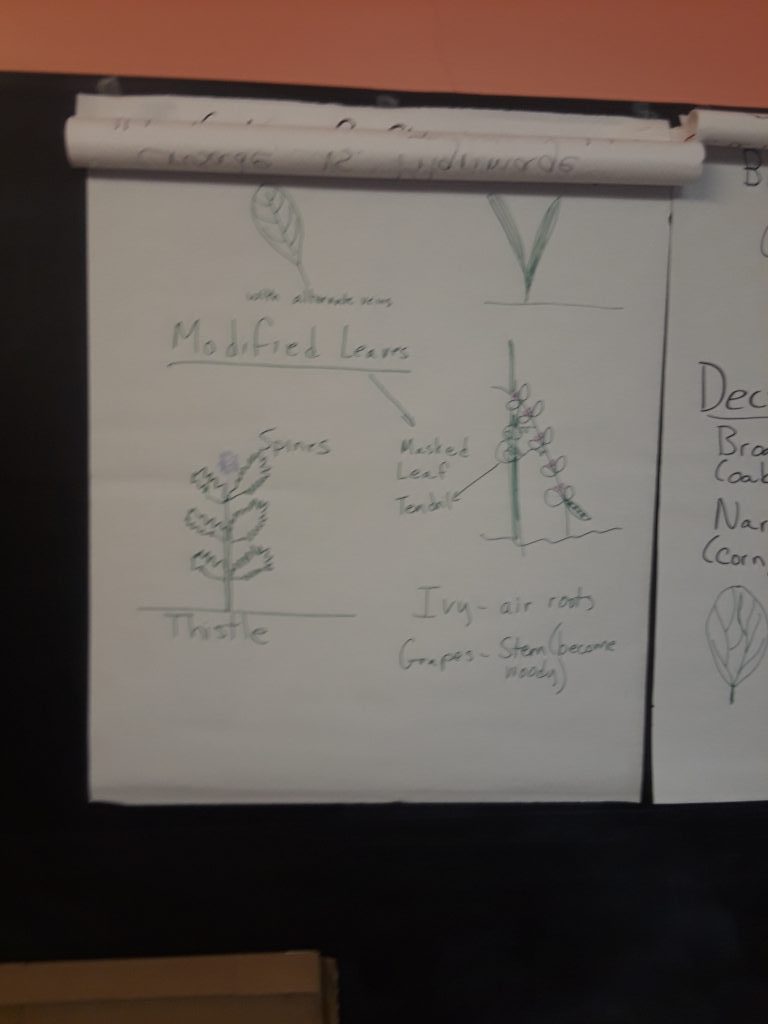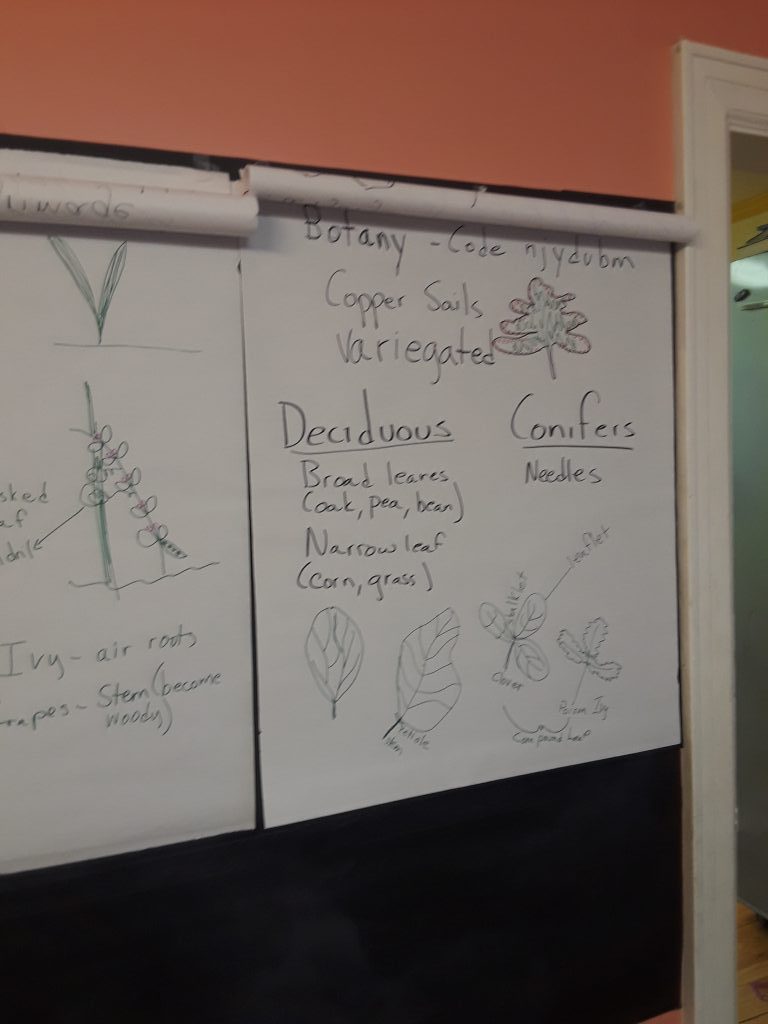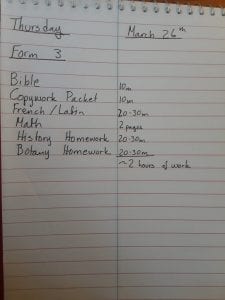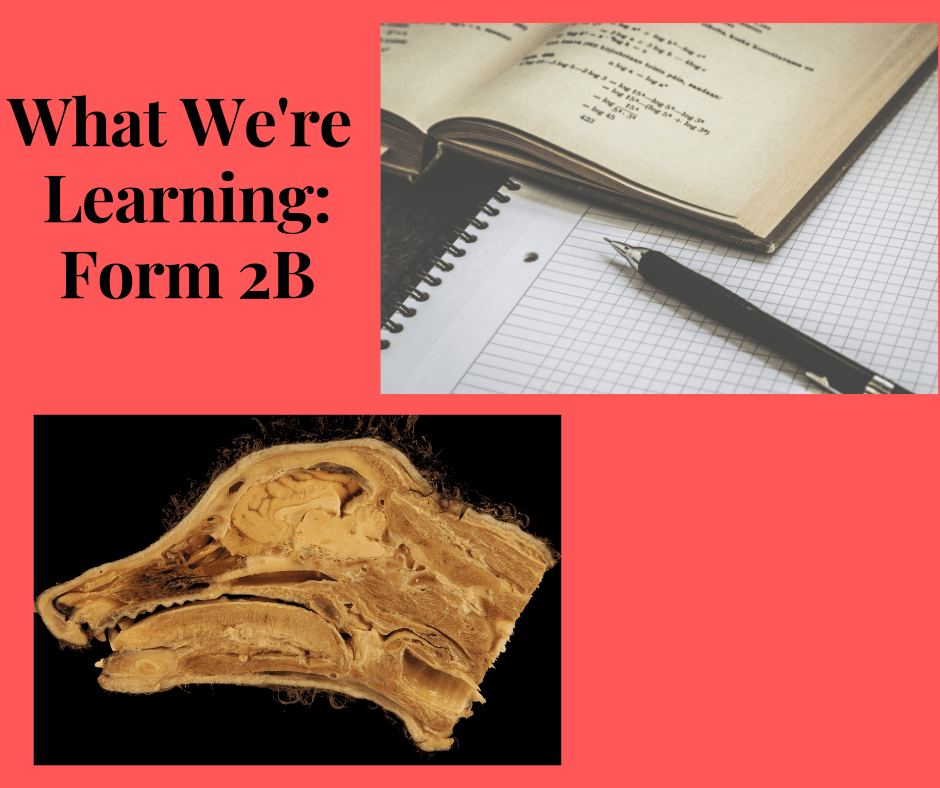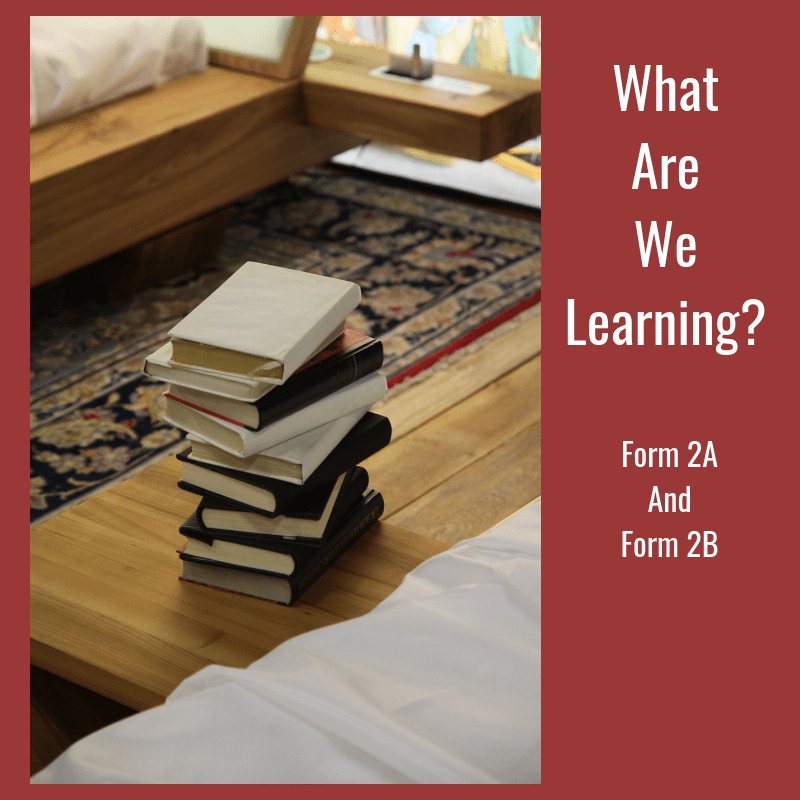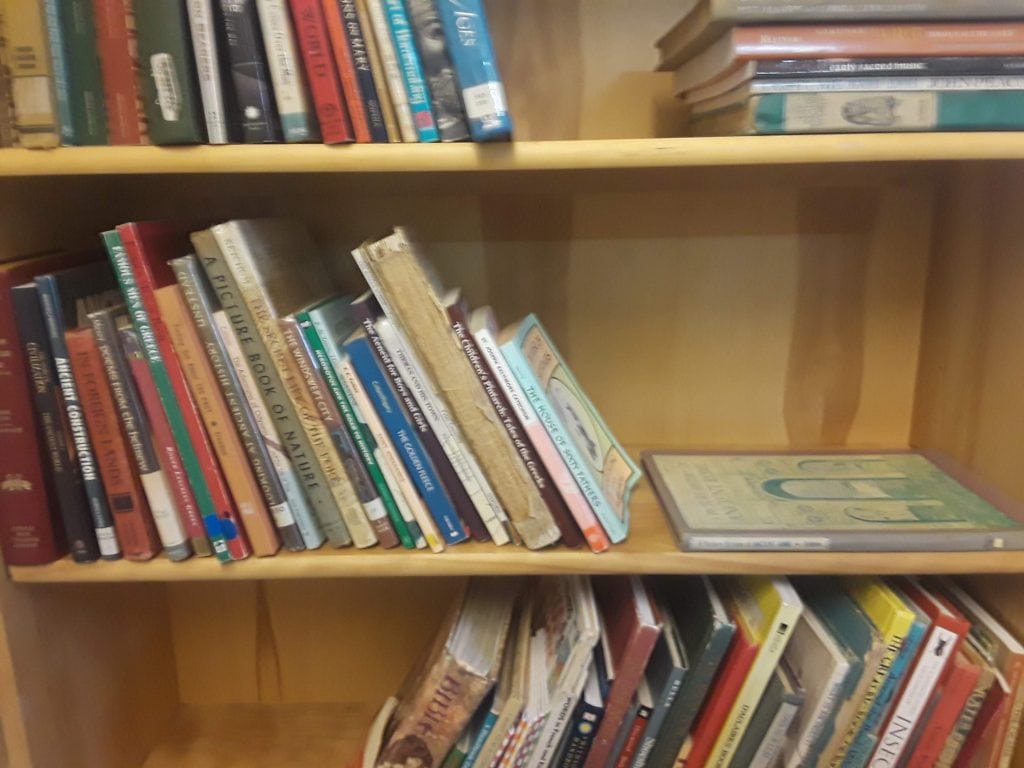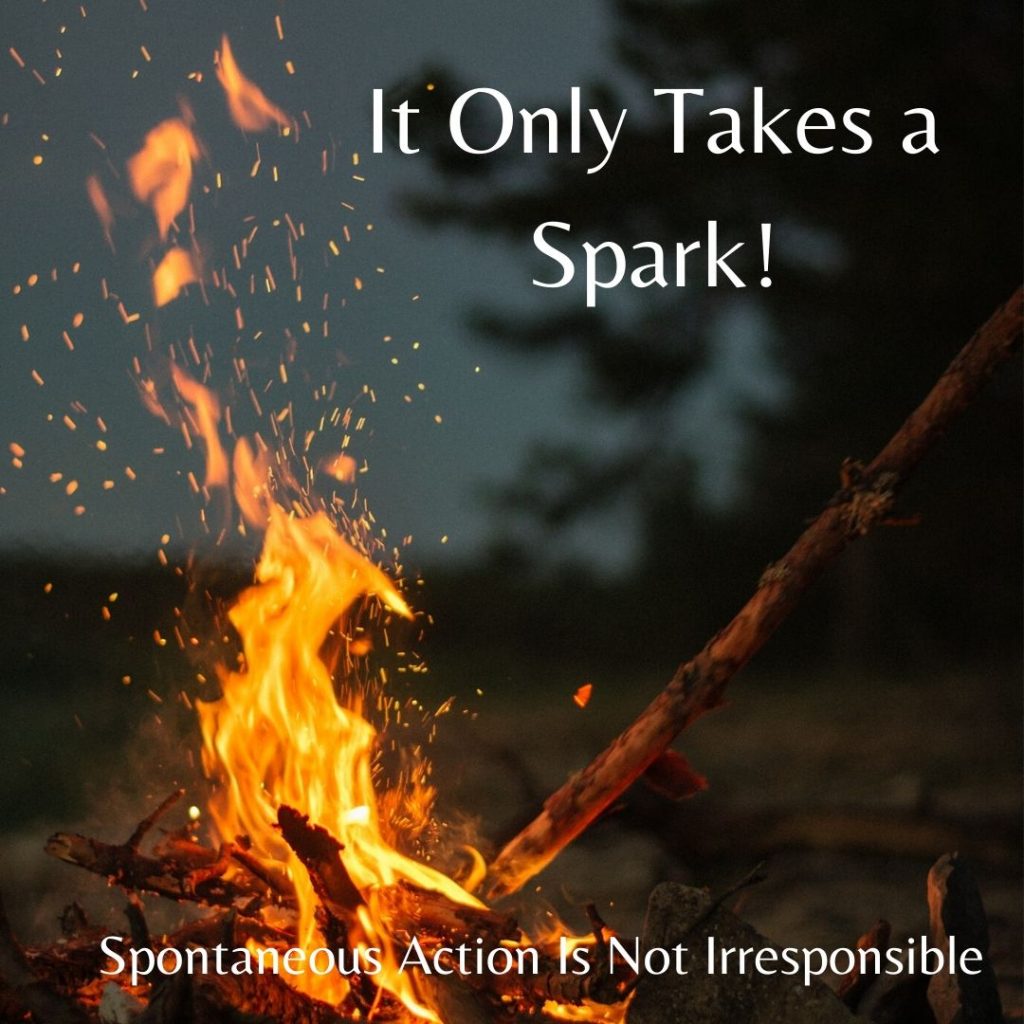
This morning I was very tempted to cancel lessons and chores and let everyone go their separate and very whiny ways! Our priest came over last night to bless the gardens since it was Rogation Monday and stayed to supper. The big boy had built a fire pit on the patio and we lit an inaugural fire and everyone stayed up well past their bedtimes. We all had a good time and felt refreshed by the fellowship but this morning was not easy or on schedule at all.
I have been reading about the idea of spontaneity as it was understood in the 1800’s when Maria Montessori and Charlotte Mason were developing their philosophies of education and I am glad I have been doing so, as this morning I had the opportunity to take spontaneous action to improve our day, not by abandoning it to chaos but by making minor adjustments that would help us all to make wise use of our time and lower than usual energy.
Spontaneity in the 19th century understanding (and indeed in every time except our modern one that seeks to evade responsibility whenever possible) did not mean the random abandoning of grim responsibility in order to “have a good time” but rather the free choice of a free will that knowing its own constraints chooses a particular action. So, for example, this morning I chose to adjust what we would do and at what time because of the constraints of our natural bodies being over tired and less able than on other days. This was a spontaneous choice because I was not forced to make it. I could have chosen to push through; sticking as closely to our usual schedule as possible. And I could have chosen to suspend some part of the normal activities of the day in favor of more rest. I could even have chosen to just let everything slide. Any of those choices would have been spontaneous choices and some would have been wiser than others.
As moderns we assume that spontaneity is frivolous;opposed to responsibility and common sense and we often struggle for integration of our selves when we want to feel free or choose an unusual action and think that this means that we are abandoning our hard won daily disciplines. Not so!
It is responsible and spontaneous to spend a beautiful day in the out of doors, working and playing and to save household tasks and spring cleaning for less lovely weather. Canceling lessons or taking a later start because the children are tired isn’t a lack of discipline. It is understanding that bodies and minds need rest to work in harmony and that motherhood includes the liberty to give grace when and where it is needed.
“Whatsoever your hand findeth to do, do it mightily as unto the Lord.”
Carpe Diem!
Today’s sunshine is seized to the fullest as an act of worship and tomorrow’s rain and indoor tasks can also give contentment and joy as we do the tasks we put aside yesterday, not out of guilt that they are undone, but understanding that we have the freedom to choose what we do and to suit it to the circumstances of our days.
Spontaneity is not a willful abandonment of duty and an excuse not to discipline our wills to do each duty as an act of love and worship. Rather it is the freedom of will to choose what is best in any given moment- what best enables us to live in worship and love by choosing one task over another, one duty to take primacy today and another tomorrow, one block of time for quiet reflections and another for action so that we recognize that each moment is a gift from our Father and like all of His gifts is to be cherished.
